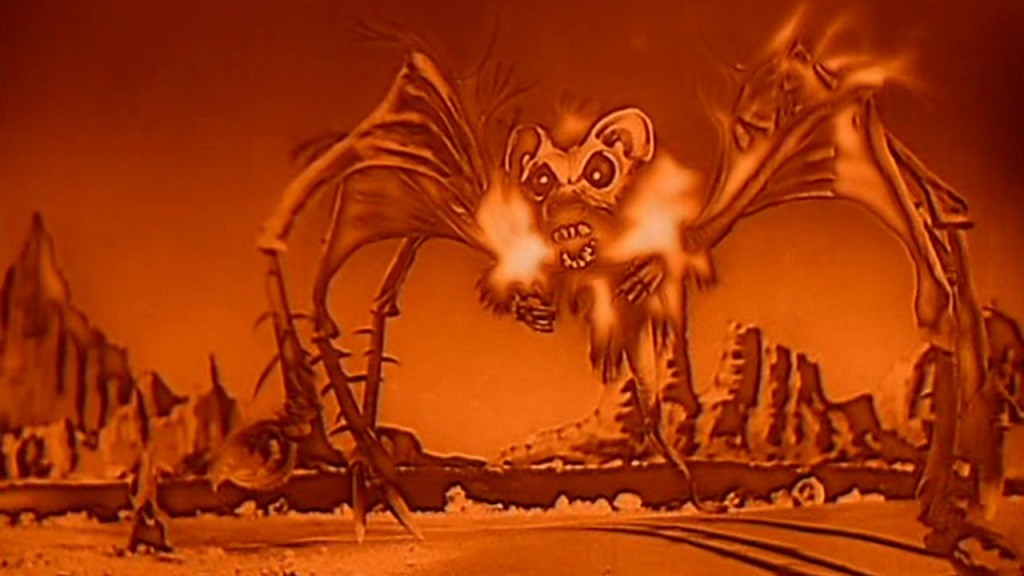
Consider this: an early sixties Roger Corman monster movie spoof made in three days is regularly recreated in high schools across North America. This is but one result of the unexpected cultural nexus point that is Little Shop of Horrors, a previous site subject transformed into an off-Broadway musical in 1982 and then adapted into a new film in 1986. These roots are long and deep: both versions were produced by David Geffen, and written by Howard Ashman and Alan Menken, whose work here would get them the job of reinventing Disney’s animated musicals starting with The Little Mermaid; meanwhile, the film attracted the directing talent of Jim Henson’s (sometimes literal) right hand man Frank Oz, who brought a team of Muppets-trained effects team (including the design work of Lyle Conway, a veteran of films like The Dark Crystal) to give new cinematic life to the stage musical’s central charismatic flora. It really does feel like a decade’s worth of legendary figures in the entertainment industry came out to produce this—which, again, is based on a low budget monster movie.








